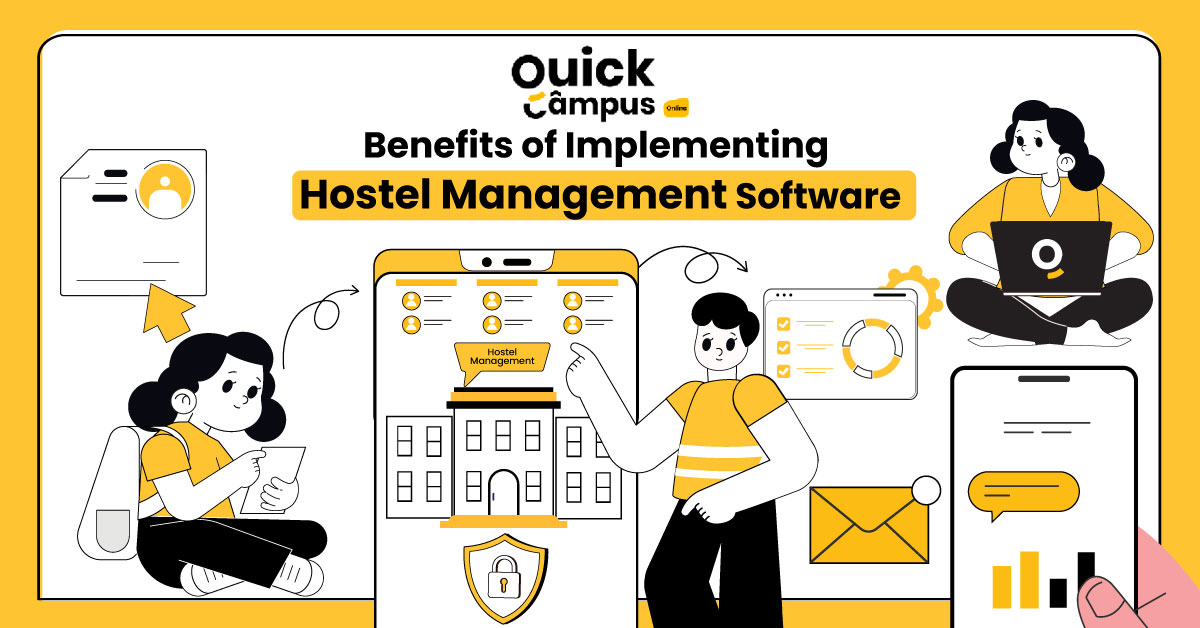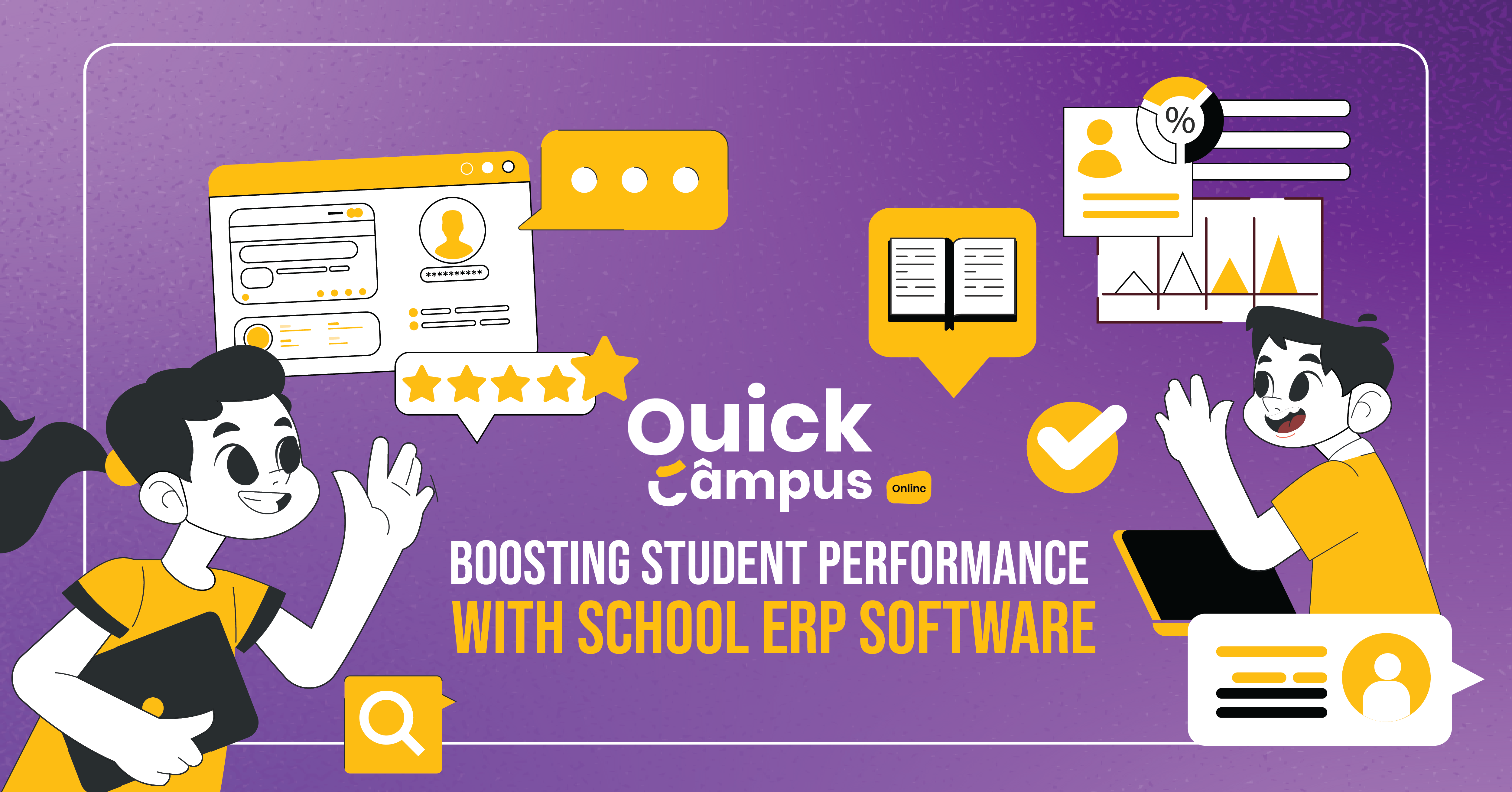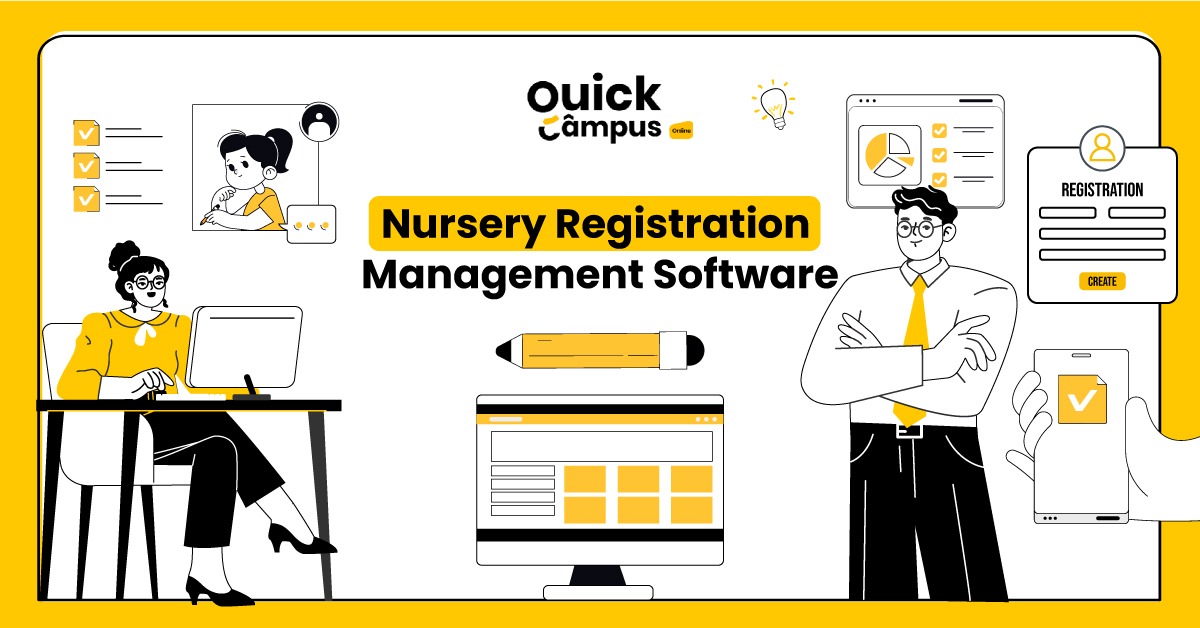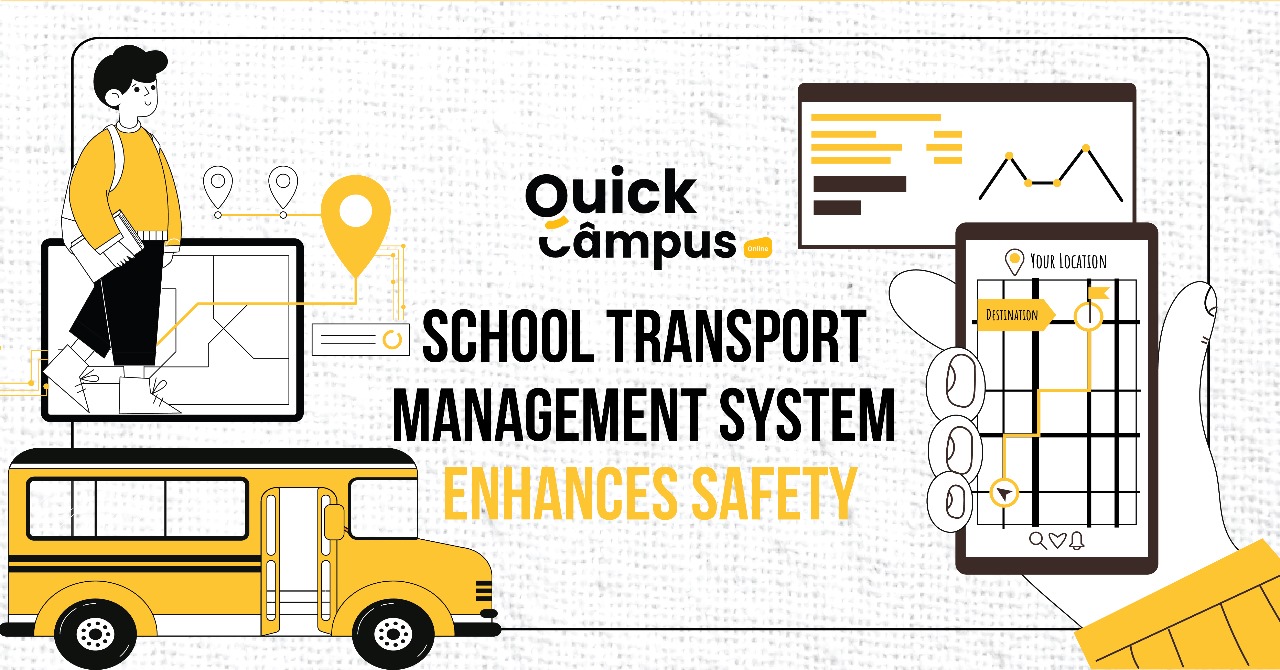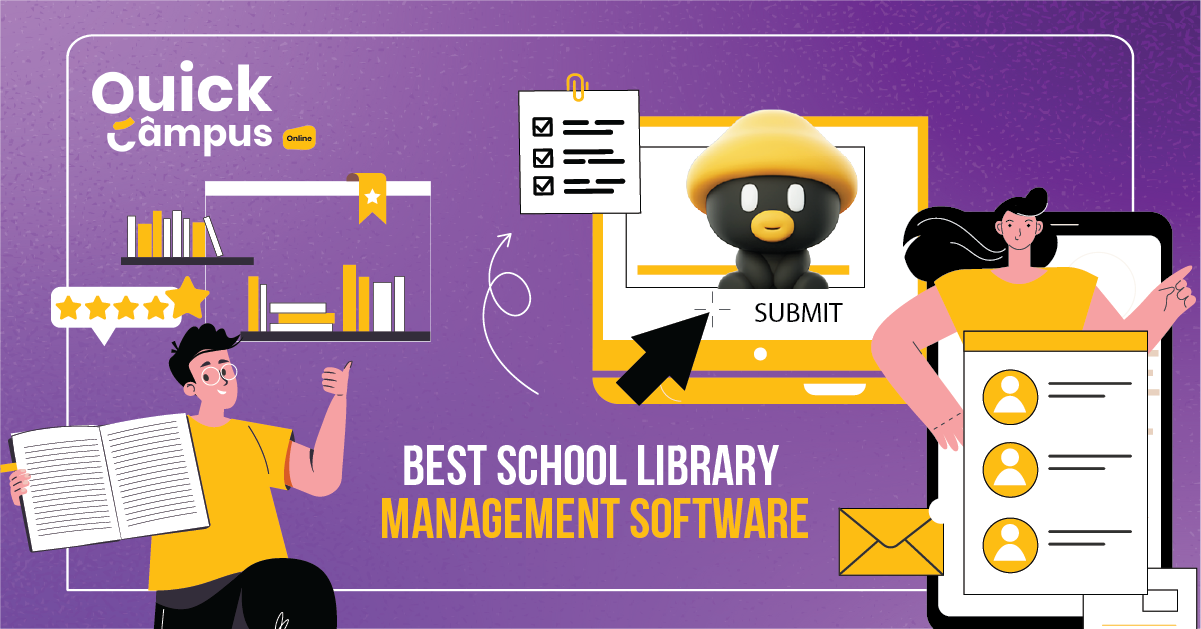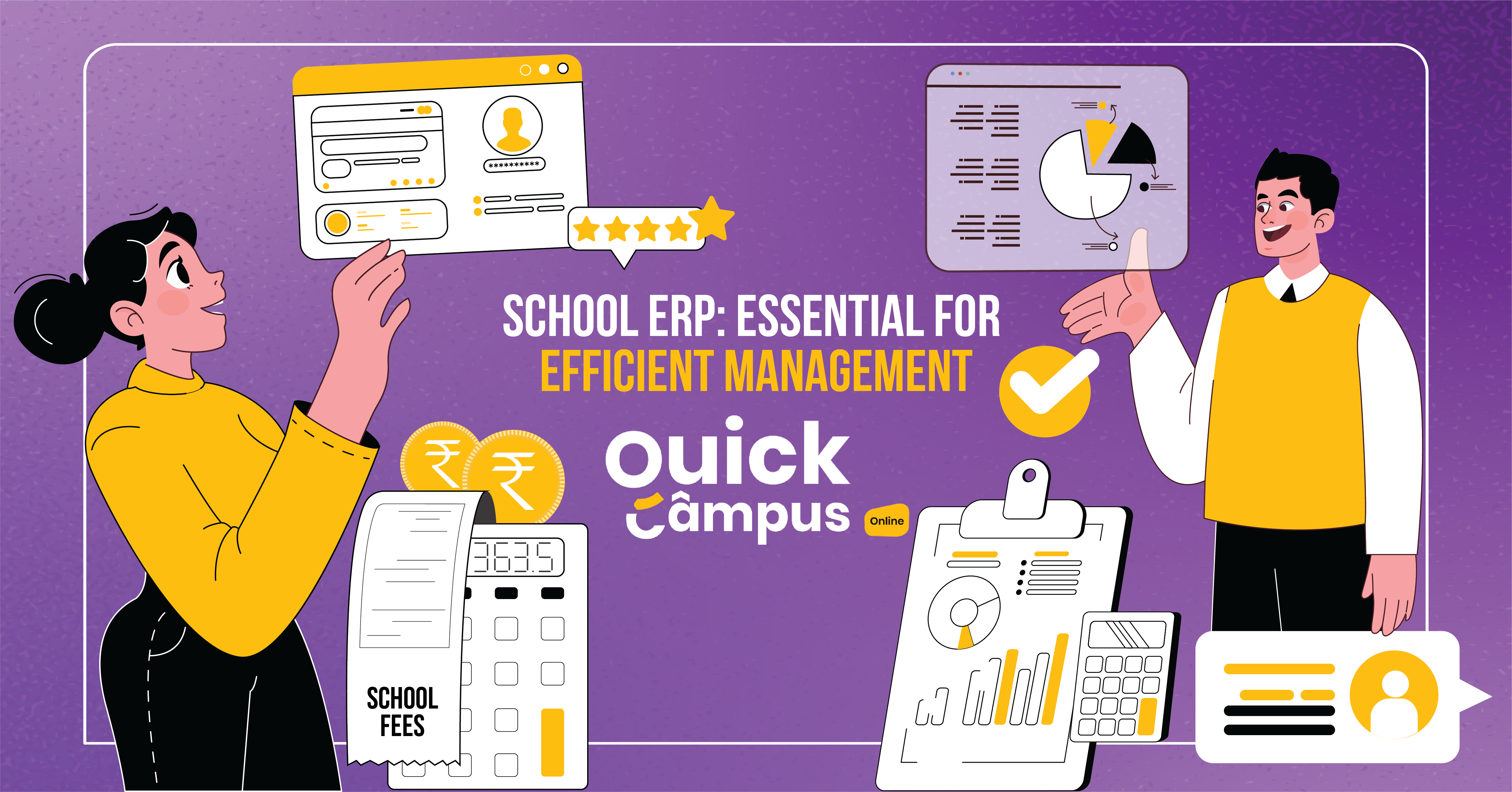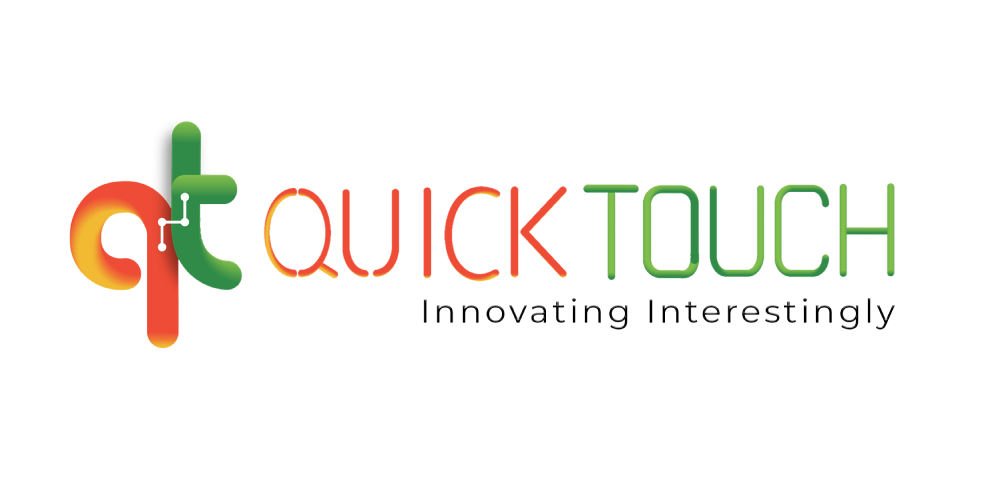Digital textbooks and personalized learning: A perfect match?
The education sector has undergone a significant transformation since it started embracing technology. One of the major changes has been the shift from traditional textbooks to digital textbooks. Additionally, personalized learning has become increasingly popular in classrooms around the world. But can these two concepts be combined to make modern education more engaging and exciting? In this article, we will explore the benefits and challenges of using digital textbooks for personalized learning.
What Are Digital Textbooks?
Digital textbooks, also known as e-textbooks, are electronic versions of traditional textbooks available on digital devices such as laptops, tablets, and smartphones. They offer a range of features, including multimedia content, interactive exercises, and quizzes, which can help to engage students in their learning. They are also more cost effective than traditional textbooks and can be easily updated with new information.
What Is Personalized Learning?
On the other hand, personalized learning is an approach to education that considers the unique needs and learning styles of the students. It involves creating a customized learning experience adapted to each student’s pace, interests, and abilities. Personalized learning has improved student outcomes, engagement, motivation, and academic performance.
When these two concepts are combined, the result is a powerful tool for enhancing student learning outcomes. Digital textbooks can be customized to meet the needs of individual students, allowing them to learn at their own pace and according to their interests. Personalized learning, in turn, can be enhanced by using digital textbooks, which can provide students with instant feedback and adaptive assessments.
Benefits Of Digital Textbooks For Personalized Learning
Digital textbooks are revolutionizing education by providing personalized and adaptive learning experiences for students. As students increasingly use tablets, laptops, and other devices in the classroom, digital textbooks offer many advantages over traditional printed books like:
1. Intuitive & Interactive
Firstly, digital textbooks are more interactive than traditional textbooks, providing students with multimedia content such as videos, animations, and simulations. This feature can help to engage students in their learning and make complex concepts easier to understand. Furthermore, digital textbooks can be customized to meet the needs of individual students, allowing them to learn at their own pace and according to their interests.
2. Cost-effective
Digital textbooks are more cost-effective than traditional textbooks, as they do not require printing, shipping, and storage costs. This means that schools and universities can save money on buying physical textbooks, and use that resource to fund other educational programs.
3. Eco-friendly
Digital textbooks are more environmentally friendly than traditional textbooks, as they do not require paper, ink, and shipping materials. This can help to reduce the carbon footprint of schools and universities, promoting a more sustainable approach to education.
Challenges of digital textbooks
While digital textbooks open up new possibilities for adaptable learning, this technology also comes with drawbacks. The shift away from familiar hardcopy books poses certain challenges in the classroom which are.
1. Accessibility
One of the main challenges is the lack of access to technology. Not all students have access to digital devices and the internet, which can limit their ability to engage with digital textbooks. This can create a digital divide between students with access to technology and those who do not, thereby exacerbating existing educational inequalities.
2. Training and support
Another challenge is the need for training and support for teachers and students. Teachers must gain expertise in using digital textbooks effectively and how to customize them for individual students. Students also need to be taught how to use digital textbooks and how to navigate the various features and functions.
3. Privacy and security
Privacy and security are also critical concerns when it comes to digital textbooks. Schools and universities must ensure that student data is protected and that digital textbooks do not collect unnecessary information.
Conclusion
Digital textbooks and personalized learning can be a perfect match for modern education. While digital textbooks provide a range of interactive features that can engage students and make learning more accessible, personalized learning allows for a customized learning experience that adapts to each student’s unique needs and interests. However, there are also challenges to using digital textbooks for personalized learning, including the lack of access to technology, the need for training and support, and privacy and security concerns. As technology continues to evolve, educators need to continue exploring new ways to use digital tools and educational apps for students to improve learning outcomes.

